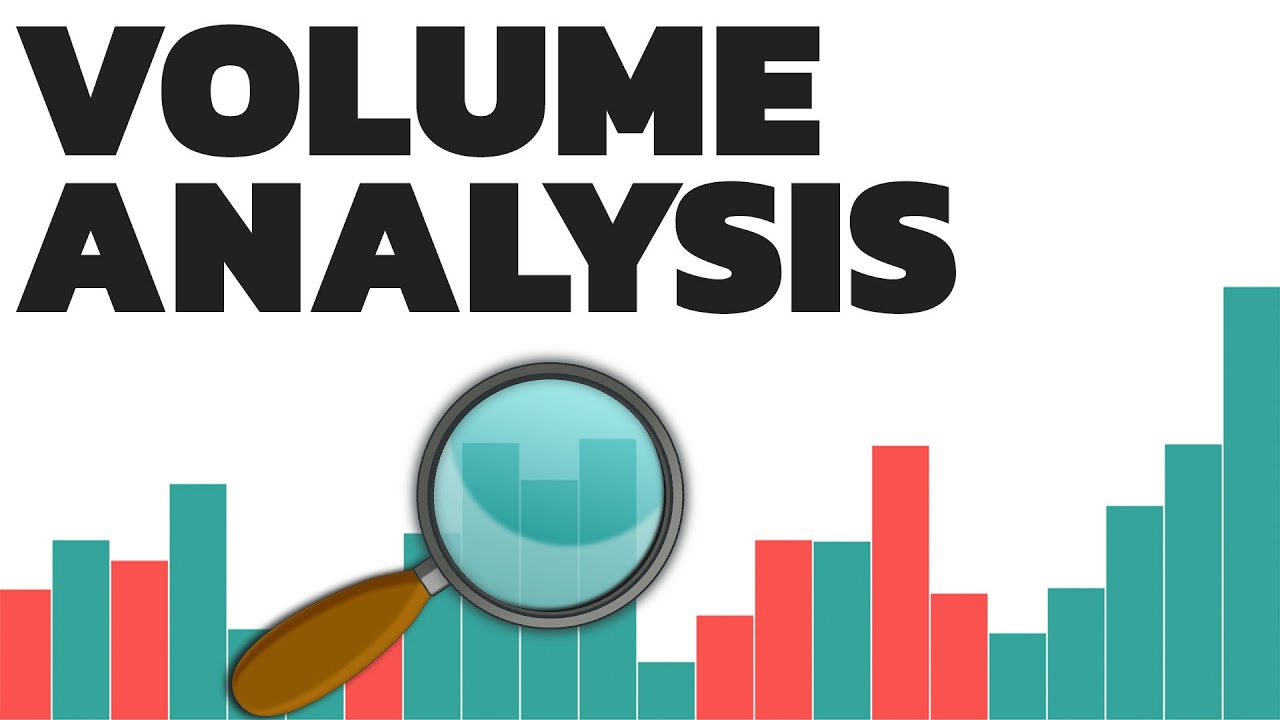Understanding the intricacies of buying and selling pressure is like possessing a secret decoder ring. It empowers you to decipher the cryptic language of trading volumes, ultimately enabling you to make more informed investment decisions. We will delve deep into the heart of this critical concept, understanding buying and selling pressure. You’ll discover not only the essentials but also advanced techniques to analyze trading volume effectively.
The Basics of Analyzing Volume
Analyzing Volume: Understanding Buying and Selling Pressure begins with comprehending the fundamental aspects:
What Is Trading Volume?
Trading volume refers to the number of shares or contracts traded within a specific period. It’s a reflection of market activity and the intensity of buying and selling.
Understanding Buying Pressure
Buying pressure represents the demand for a security. It occurs when more people are interested in buying than selling, resulting in an upward price movement.
Deciphering Selling Pressure
Selling pressure, on the other hand, indicates a higher supply of the security. This imbalance leads to a downward price movement.
The Role of Volume Analysis
1. Analyzing Volume Patterns
Recognizing patterns in trading volume can provide insights into market sentiment. Certain patterns can predict price trends, helping traders make informed decisions.
2. Volume Indicators
Various technical indicators, such as the Volume Weighted Average Price (VWAP) and On-Balance Volume (OBV), are invaluable tools for assessing buying and selling pressure.
The Significance of Volume in Technical Analysis
In the field of technical analysis, volume plays a pivotal role:
1. Volume Confirms Trends
Analyzing volume can validate the strength of a trend. When price movements align with high volume, it’s a strong indicator of the trend’s validity.
2. Divergence Signals
Volume analysis can identify divergences, where trading volumes move opposite to price movements. This can hint at potential trend reversals.
3. Price and Volume Breakouts
By examining volume in conjunction with price movements, traders can spot potential breakouts and capitalize on them.
Mastering the Art of Analyzing Volume
Now that we’ve covered the basics, let’s dive into more advanced techniques for understanding buying and selling pressure.
The Wyckoff Method
Developed by Richard D. Wyckoff, this method focuses on identifying accumulation and distribution phases. It provides a deeper understanding of supply and demand dynamics.
Candlestick Patterns and Volume
Candlestick patterns and volume analysis are like the dynamic duo of the trading world. When combined, they offer a potent strategy for deciphering market sentiment and predicting price movements. These patterns, which provide visual representations of price action, can be made even more insightful when viewed through the lens of trading volume. Let’s explore how these two tools complement each other in the table below.
| Aspect | Candlestick Patterns | Volume Analysis |
| Visualization | Offers visual cues | Numeric data |
| Indicators of Sentiment | Reveals bullish or bearish sentiment | Indicates buying or selling pressure |
| Entry and Exit Signals | Signals when to buy or sell | Identifies confirmation or divergence |
| Confirmation of Patterns | Volume can confirm the strength of candlestick patterns | Volume should align with the pattern for higher reliability |
| Divergence Indication | Can identify potential trend reversals | Divergence between volume and price indicates caution |
| Popular Patterns | Doji, Hammer, Shooting Star, etc. | High volume days, volume spikes, volume accumulation |
| Use in Analysis | Helps in making specific trade decisions | Supports decision-making by confirming trends |
| Real-time Monitoring | Traders can spot candlestick patterns as they form | Volume can be monitored real-time to gauge market activity |
| Risk Management | Offers insight into setting stop-loss orders | Helps protect investments by identifying potential risks |
Moving Averages and Volume
Incorporating moving averages with volume analysis helps traders smoothen out data and identify long-term trends. A “Golden Cross” or “Death Cross” can signal bullish or bearish trends, respectively.
Sector and Market Analysis
Analyzing volume on a broader scale involves assessing sector and market-wide trends. This macro-level analysis provides a holistic view of buying and selling pressure.
Practical Application and Strategies
Understanding the theory is just the beginning. Let’s delve into practical applications and strategies for analyzing volume in real-world trading scenarios.
Day Trading
- For day traders, analyzing volume in short-term charts is crucial. Intraday volume patterns can guide entry and exit points.
Swing Trading
- Swing traders analyze volume to identify potential swings in the market. This approach is less frantic than day trading and focuses on short to medium-term trends.
Long-Term Investing
- Investors with a long-term horizon also benefit from volume analysis. It helps in spotting accumulation phases for long-term holds.
Risk Management
- Analyzing volume is not just about making profits; it’s also about managing risks. Smart investors use volume indicators to set stop-loss orders and protect their capital.
Expert Insights and Tips
To truly master the art of Analyzing Volume: Understanding Buying and Selling Pressure, it’s essential to seek wisdom from experienced traders.
Heed Seasoned Traders
Experienced traders often share their insights through blogs, forums, and social media. Learning from their journeys can be invaluable.
Backtesting Strategies
Before implementing a new strategy, backtest it using historical data. This helps refine your approach and understand how volume analysis fits into your trading style.
Stay Informed
Financial markets are dynamic, and factors influencing buying and selling pressure change. Stay updated with economic news, corporate announcements, and geopolitical events.
Common Questions and Answers
Q: What is the ideal volume to look for when analyzing buying and selling pressure? A: There is no one-size-fits-all answer. The ideal volume varies based on the security and the timeframe you’re analyzing. It’s essential to establish a baseline for each specific case.
Q: How can I distinguish between genuine buying pressure and market manipulation? A: Distinguishing between the two can be challenging. Look for unusual price movements and verify news and events that may trigger buying or selling.
Q: Is volume analysis suitable for all types of securities? A: While volume analysis is valuable in various markets, it may be more effective in highly liquid markets where trading volume provides meaningful insights.
Q: Can analyzing volume predict market crashes? A: Analyzing volume can provide clues about potential market downturns, but it’s not a crystal ball. Other factors must be considered.
Q: What are some free resources for learning more about volume analysis? A: You can find a wealth of information on websites, forums, and YouTube channels dedicated to trading and technical analysis.
Q: Is it possible to automate volume analysis in trading? A: Yes, many trading platforms and software offer automated volume analysis tools. However, understanding the principles behind these tools is essential for informed decision-making.

